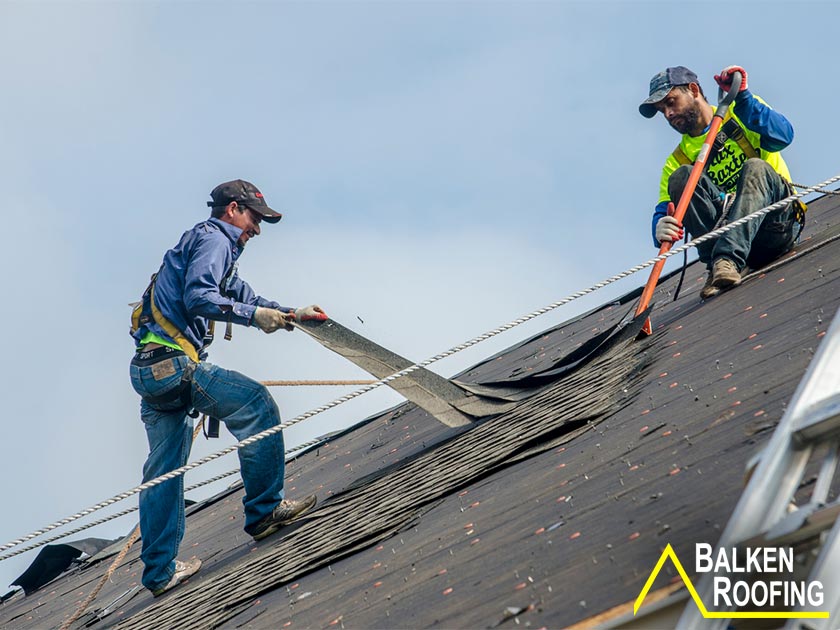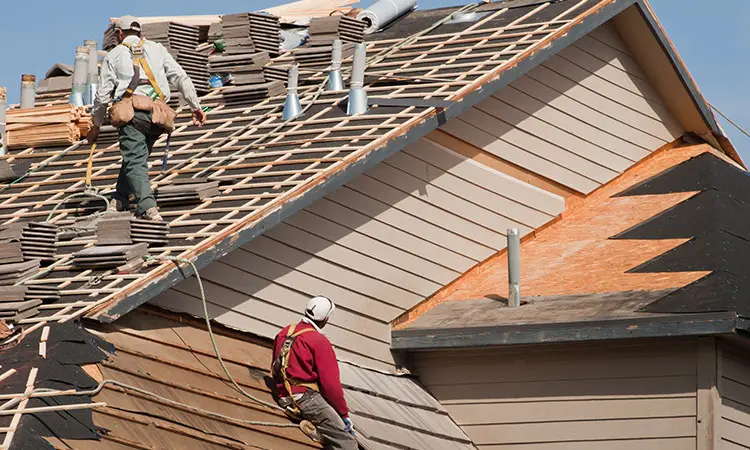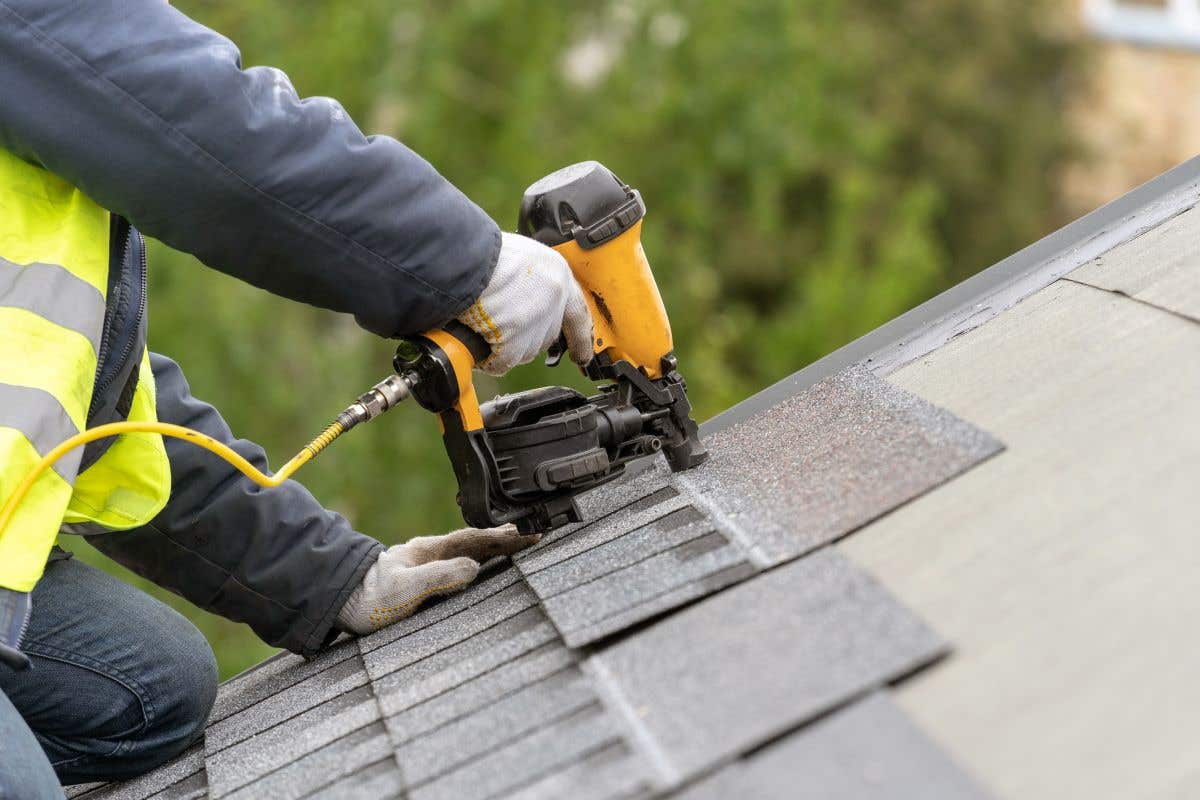Oahu Roofing: Reputable Roofing Solutions for Houses and Organizations
A House owner's Guide to Kind of Roofs: Picking the Right Style for Your Demands

Popular Roof Covering Styles
When it pertains to choosing a roof design, homeowners commonly evaluate their choices thoroughly to make certain both aesthetic charm and capability. Among the most prominent styles are the gable, hip, and level roofs, each offering aesthetic features and unique advantages.
Gable roofings, defined by their triangular form, are favored for their basic design and efficient water drain. This design is specifically well-suited for areas with hefty rainfall or snow, as it reduces the danger of water pooling.
Hip roofings, which slope on all four sides, supply extra security and toughness, making them a superb option for areas vulnerable to high winds. Their building intricacy enables for greater layout adaptability and can enhance the general aesthetic allure of a home.
Level roofing systems use a modern visual and optimize functional outside area, making them popular for metropolitan setups. While they require more upkeep to prevent water accumulation, their smooth appearance can complement modern design.
Ultimately, the selection of roofing style must reflect the homeowner's personal taste while taking into consideration variables such as neighborhood environment, architectural design, and possible resale worth. Each design adds distinctively to a home's total personality and performance.

Product Options
Picking the suitable roofing system material is equally as vital as picking the ideal style, as it dramatically affects the roofing system's sturdiness, maintenance demands, and overall visual. roofers oahu. Property owners have a selection of choices to think about, each with one-of-a-kind advantages and drawbacks


Steel roof provides exceptional resilience and longevity, typically surpassing 50 years, while likewise being immune and lightweight to fire and rot. Metal roofings can be a lot more costly upfront.
Clay and concrete floor tiles supply a traditional appearance and outstanding life-span however need a strong framework because of their weight. These products are extremely durable and resistant to rough climate condition. Wood drinks offer a rustic visual yet necessitate regular upkeep to avoid rot and insect damages.
Lastly, synthetic roof products, such as rubber or plastic compounds, mimic the look of standard materials while being lightweight and low-maintenance. Inevitably, the selection of roofing product should straighten with the property owner's budget plan, wanted life-span, and upkeep choices, making certain a suitable suit for their details demands.
Power Effectiveness Factors To Consider
Energy efficiency plays an essential duty in the overall performance of a roof, affecting both ecological sustainability and home owner energy prices. When picking a roofing, it is vital to take into consideration materials and layouts that improve energy performance. For instance, reflective roof covering products, commonly referred to as "great roofing systems," can substantially minimize heat absorption, reducing interior temperatures and reducing the demand for cooling.
Additionally, the roofing system's color and incline can affect its power efficiency. Lighter shades usually mirror a lot more sunlight, while steeply pitched roof coverings facilitate much better airflow, lowering warmth build-up - roofers oahu. Insulation likewise plays an important role; a well-insulated roof can prevent warm loss in winter and keep insides cooler in summer, thus boosting power cost savings
Moreover, incorporating energy-efficient roofing options with solar panels can additionally decrease energy prices and reliance on nonrenewable resources. Property owners need to additionally consider local environment problems when picking roof materials and designs, as these factors straight affect power consumption.
Maintenance Needs
The durability and efficiency of a roof covering system are significantly influenced by the upkeep needs associated with its style and materials. Different roof covering kinds require varying levels of maintenance, which can influence both the house owner's time and budget plan.
Asphalt shingles, for example, usually require annual assessments to look for deterioration, consisting of fractured or missing shingles. Normal cleansing of seamless gutters is vital to avoid water damages and prolong the roof's lifespan. Steel roof coverings, while durable, still call for periodic checks for corrosion and sealer stability. These roofings likewise benefit from cleaning up to preserve visual charm and capability.
Ceramic tile roofings, understood for their longevity, demand less regular upkeep yet need cautious inspection and substitute of damaged his response floor tiles. Flat roof coverings, although providing modern visual appeals, typically need more interest; they require regular inspection for pooling water and debris removal to prevent leaks.
Inevitably, comprehending the maintenance needs associated with different roofing styles allows property owners to make enlightened choices, making sure the chosen roof covering system aligns with their way of living and commitment to upkeep. Focusing on maintenance will certainly improve the roofing system's efficiency and prolong its service life, giving assurance for years to find.
Effect on Resale Value
When thinking about a new roofing style, property owners must acknowledge that the selection can significantly affect the property's resale value. A well-chosen roofing not only improves aesthetic appeal yet also indicates to potential customers that the home is well-maintained and structurally sound. Various roofing products and designs carry varying levels of value in the property market.
As an example, asphalt roof shingles are preferred due to their cost and wide variety of shades, often attracting budget-conscious purchasers. Conversely, a metal roofing system, while extra expensive in advance, offers longevity and energy efficiency, which can draw in buyers trying to find low maintenance and sustainability. Additionally, unique styles such as slate or ceramic tile can add reference a touch of luxury, potentially boosting the building's value in upscale markets.
Regional choices also play a crucial duty; homes in areas with heavy snowfall may take advantage of steeply pitched roofs, while seaside areas could prefer long lasting products immune to saltwater corrosion (roofers oahu). Inevitably, house owners ought to take into consideration both aesthetic allure and practical benefits when picking a roof. A thoughtful option makes sure that the investment not only meets individual needs but also improves the home's bankability and resale capacity
Conclusion
To conclude, choosing the ideal roof covering style necessitates a cautious evaluation of different elements, including local climate, architectural style, and upkeep needs. Each roofing alternative, whether it be gable, hip, or flat, has unique benefits and negative aspects that affect power performance and prospective resale worth. Ultimately, a well-informed choice relating to roofing selection can improve the visual allure, functionality, and long life of a home, guaranteeing it remains a valuable possession for years ahead.
Choosing the appropriate roofing system design for your home is an essential choice that can significantly affect both aesthetic appeals and functionality. While gable roof coverings excel in water drain, hip roofing systems may offer better resilience against wind.When thinking about a brand-new roofing style, house owners need to acknowledge that the selection can dramatically affect the building's resale value. Ultimately, homeowners should think about both visual allure and functional benefits when picking a roof covering.In final thought, choosing the ideal roof covering style requires a cautious analysis of numerous variables, consisting of neighborhood climate, building layout, read the full info here and maintenance demands.